A millirobot for climbing around in the gut to deliver drugs
New printing method for artificial ‘skin’ containing heat sensors
Robotics people – #ICRA2022 Day 5 big wrap-up

This year 2022 has been the first time that I have attended ICRA, and I had never even remotely expected that it was going to be such an intense and exciting experience for me.
Before starting the conference, I believed that what would interest me the most would be the state-of-the-art robots that are showcased during the conference. I am a researcher in swarm robotics, and I typically work with small educational robots. To me, the ICRA 2022 Science Communication Awards seemed a great opportunity to experience the large ecosystem of robots presented in the exhibitions and the competitions. Since I was not presenting any paper, getting to see amazing robots resulted very intriguing.
However, I quickly understood that there is so much more to just attending the conference. The best part about participating in a robotics venue with nearly eight thousand attendees is, with no doubt, the robotics people. I met talented and engaging people that were open to collaborate, discuss and question pretty much every aspect of robotics. Now I believe that the conference is also much more than the possibility to publish a prestigious article; it is the opportunity to open your ideas, to get enriching feedback, and to contact with a diverse and multidisciplinary group of roboticists.
In ICRA 2022, I collaborated with the Publicity Committee to portrait some curious, interesting, and emotive moments of the conference in a series of video digests. If you missed any, you can find them in my Robohub profile. If you just want to watch some amazing robots in video, you can also go directly to the YouTube playlist that lists them all. I produced the content in both English and Spanish, so a special shout-out to Robohub and Ciencia en el Bar for helping with the outreach. The digests in Spanish are available in my website.
Next year, ICRA is moving to London. I hope to meet you all again there! Maybe while still doing science communication, or maybe while presenting a paper.
Below my last video digest of ICRA 2022, with shots taken during the entire week.
Robots that act collectively: when, and how? – #ICRA2022 Day 4 interview with K. Petersen, M. A. Olivares Mendez, and T. Kaiser (+ video digest)
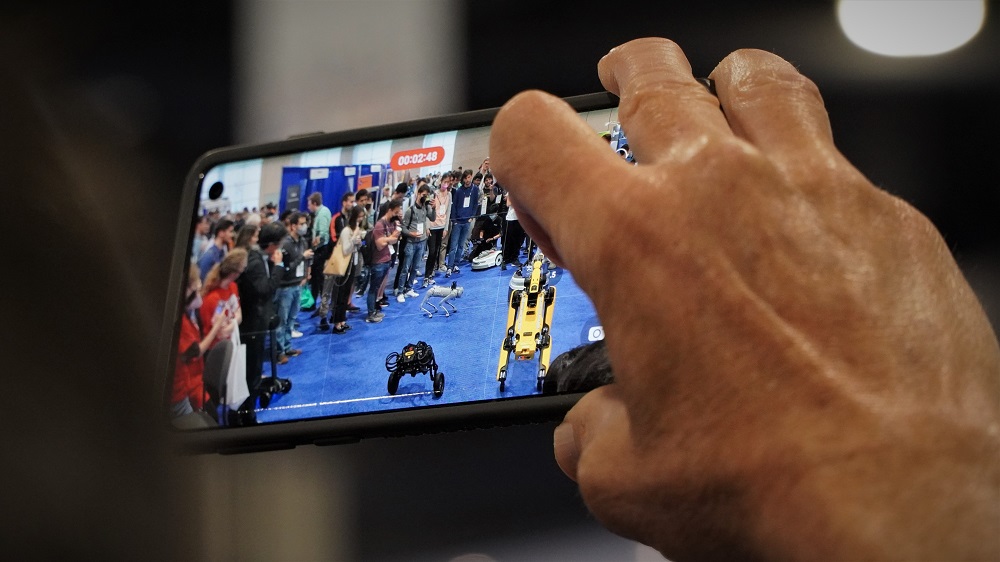
Attending ICRA is a great opportunity to see many state-of-the-art (and famous?) robots in a single venue. Indeed, a quick trip to the exhibitors’ booths is enough to get introduced to the large and diverse group of commercial robots we have today. Everything ranging from drones, manipulators, humanoid robots, small rovers, and probably, among the favorites of the public, the quadrupeds.
Yet, one can easily notice that these amazing state-of-the-art robots do not interact with each other. At least they do not do it without human mediation. Although in the exhibitions one can find two or three robots that appear to be joyfully playing together, the reality is that their operators are creating these inter-robot interactions. In fact, since neither the robots nor their operators know how to behave in the presence of many unfamiliar robots, the participation in the joint exhibitions presented in ICRA — like the robot parades — appeared to be a challenging task for the operators.
So, what are we missing? Why is it that those commercial robots are not cooperative off-the-shelf? How close are we to having truly collectives of robots? There is a large community of researchers working on collective robotics. ICRA 2022 had two sessions dedicated to multi-robot systems and swarm robotics on May 25. Besides, the workshop Collective Robot Construction held on May 27 sketched the potential of robot cooperation for addressing relevant problems such as robot construction. However, commercialization of collectives of robots still appears to be unexplored in the consumer robotics market.
To discuss these ideas, I met three researchers that are working to advance collective robotics. Prof. Kirstine Hagelskjaer Petersen, Head of the Collective Embodied Intelligence Lab at Cornell University, and one of the organizers of ICRA 2022´s Collective Robot Construction workshop. Prof. Miguel Angel Olivares Mendez, Head of the Space Robotics Research Group (SpaceR) at Université du Luxembourg, and one of the principal investigators in the project FiReSpARX — designing market mechanisms, incentives, and governance frameworks for economic interaction between robots in space. Tanja Katharina Kaiser, research assistant in the Service Robotics Group at Universität zu Lübeck and presenter of ROS2swarm — a ROS 2 package intended to simplify and promote the use of ROS 2 in swarm robotics.
I ask them about the current state and the future of collective robotics. Below some excerpts from their answers.
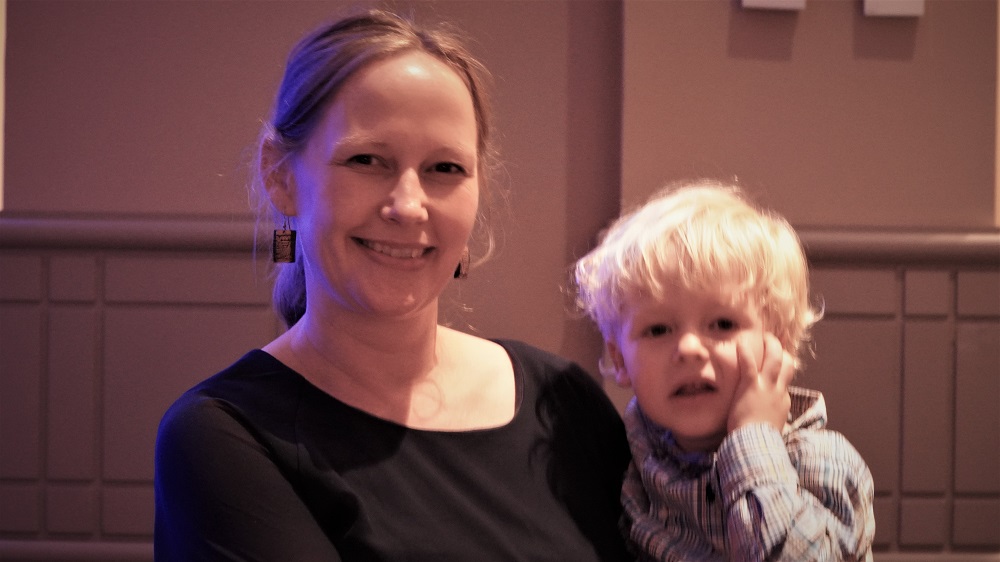
Prof. Kirstine Hagelskjaer Petersen
Q1. What comes to your mind if I say that making robots is an art?
The community is slowly working towards cooperative robots, but the focus now is on how we can have robots supporting humans, and therefore the design caters to that. It is hard to have multiple robots working together. To do that, the robots require sensors, actuators, and sophisticated control that allows them to interact and to manipulate their shared environment. It is an interesting challenge in robotics that requires a lot of interdisciplinary research.
Q2. Do you think we will eventually see societies of robot collectives? If so, how do you envision them?
Certainly, we hope. I think they might look different from what we have imagined. I believe we will have robot collectives helping us. There are many advantages to having maybe more simple robots working together. They could be fault-tolerant and more adaptable in a way that it would not be possible with a single robot.
Q3. What does it mean for you and for your company to be in ICRA 2022?
It means the world. The pandemic has been long, hard, and isolated. Our community thrives on interdisciplinary interactions. The fact we are all here talking to each other and see what other people are working on is a tremendous boost for research.

Prof. Miguel Angel Olivares Mendez
Q1. What comes to your mind if I say that making robots is an art?
We need to reach first a high level of autonomy on individual robots, and afterwards we need to work on the cooperation between robots. This is a problem we address in my research group. The reason for which we see little cooperation is because it is difficult. There are challenges and problems to be addressed, such as communications, task allocation, and how robots effectively interact.
Q2. Do you think we will eventually see societies of robot collectives? If so, how do you envision them?
I already relate to this idea. We conduct the project FiReSpARX, in which we use blockchain to enable multi-robot cooperation. Specifically, the cooperation between multi-robot systems from different companies. In planetary robotics, we consider that there will be many companies conducting planetary tasks. The workforce in space will not be primarily humans but robots. That is why in the FiReSpARX we create mechanisms to exchange, commercialize, and distribute information between robot collectives.
Q3. What does it mean for you and for your company to be in ICRA 2022?
ICRA is a really important conference. It is great to see these many plenaries, talks, paper presentations, and poster sessions. Due to the pandemic, we really missed the chance to discuss with the top researchers in the world.
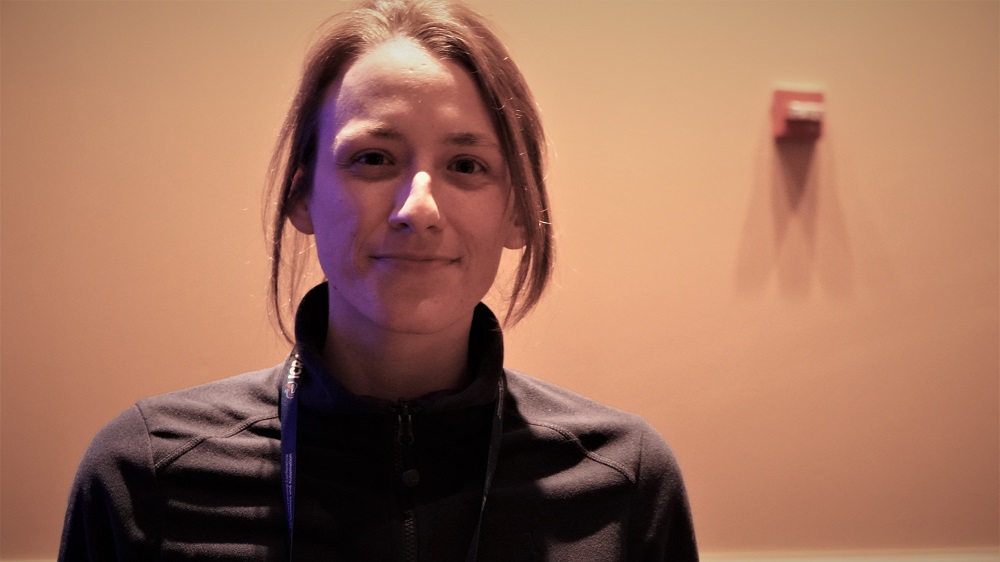
Tanja Katharina Kaiser
Q1. What comes to your mind if I say that making robots is an art?
It is very difficult to accomplish it. Robots need to know what other robots are doing, they need to perceive each other and identify members of their team. It is knowledge that one needs to build in and it is not present in the robots. And that is not that easy.
Q2. Do you think we will eventually see societies of robot collectives? if so, how do you envision them?
I really hope so. That is what I am researching in. I think they might be different of what we have in the lab. Instead of fully decentralized systems, what we would hope for it might need some kind of mediation of a human. Having many robots, that also make people feel good, could help us in some many different areas in our lives. They can be very versatile tools.
Q3. What does it mean for you and for your company to be in ICRA 2022?
It is an amazing experience. We did not have in-person conferences for so long. It is great to be back and meet people. It is my first time in ICRA. It is amazing to see all these robots, all these amazing research fields and researchers.
Robots scratching in today’s video digest of #ICRA2022.
With the Power of Autonomous Iron, Caterpillar Pulls Off the Ultimate Trick Shot in Cat Trial 12: No Hands
Evaluating Multimodal Interactive Agents
Connecting robots and people – #ICRA2022 Day 3 interview with Kate Ladenheim (+ video digest)
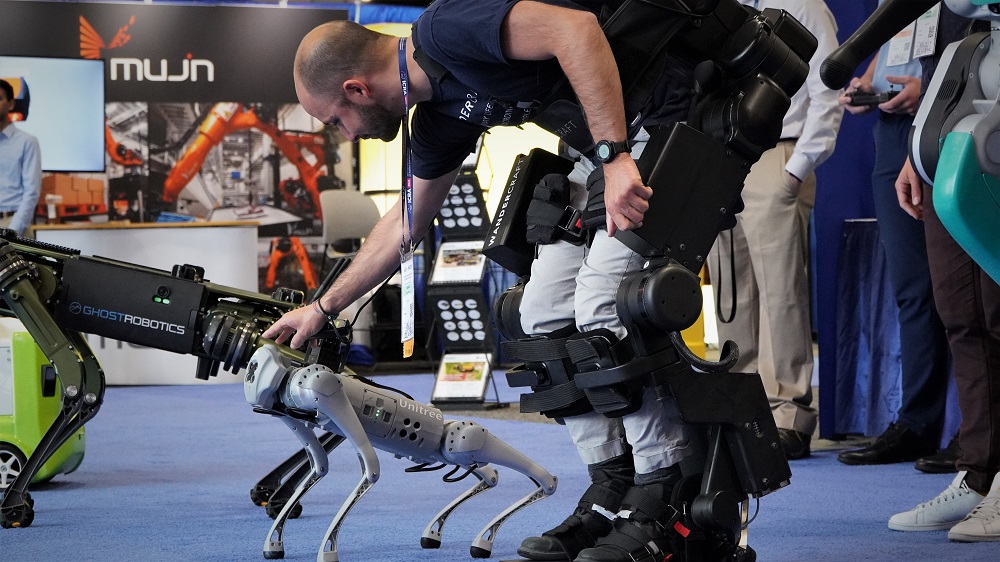
If you are quite enthusiastic about robotics like me, then by now you will probably have finished the third season of Netflix acclaimed series Love, Death and Robots. I believe that animation, like many other artistic expressions, is an effective way to communicate the ideas and concepts that revolve around contemporary robotics. If we envision a future in which robots and society coexist, we must ensure that the way we communicate about robotics engages positively with the non-specialized public. Art is an interesting way to achieve it. I think that, in the broader sense, art could help us to create robots that engage better with people.
How can we ensure that the positive intention of a robot maker is accurately portrayed in the robot appearance and/or behavior? We are certainly good at developing new features and functionalities for our robots. However, how often do we design robots that can connect with people? Creating artistic expressions with our robots could help us think out of the box: what do we intend to communicate with our robots? To whom are we speaking? Are we effectively passing our intention? Probably, in order to address these questions better, we must leave the technician aside for a moment and connect with our inner robot.
ICRA has a wonderful space to develop these ideas. In 2022, the conference partnered with the RAD Lab and many Philadelphia-based art galleries to create a central space for art in its program. The workshop Automatic Expressions and the robotic art installations presented between Monday 23 and Wednesday 25 explored interactive, expressive and meditative aspects of robotics.
In yesterday´s post, I asked robot makers about the art of creating robots. Today, I ask an artist about creating art in robotics. I met Kate Ladenheim, a presenter at ICRA 2022´s Robotics and Art exhibition “Expressive and Meditative Machines for Imaging New Futures With Technology”. Kate participates with the art piece Monumental Death: an interactive installation that asks participants to perform the motions of death in order to give rise to an inflatable monument. In so doing, it challenges tropes of heroism as represented by monuments and performances of death in popular media. Check more about Kate´s work in her social media (Twitter, Instagram).
I asked Kate about robotics, art, and public engagement. Below some excerpts of her answers.

Kate Ladenheim
Q1. What comes to your mind if I say that making robots is an art?
I think that roboticists and artists both engage in really intensive creative processes in order to make their work come to live. I think the real thing that separates art from many other intensive creative processes is the intentions of the artist. If a roboticist is trying to make a product that scales and that goes to market, then it is not necessarily an art. However, if a roboticist is trying to make something with a high level of intellectual and conceptual rigor, with an output that is not necessarily commercial in nature but is one that is meant to enrich the lives of people around it, then I think it crosses the realm from a project into a project that is artistic.
Q2. Is it possible to use art to communicate robotics and to engage with the non-specialized public?
I think it is an exciting path for artists and engineers to work together. I also think that artists and engineers actually run into the same problems with accessibility. Sometimes artists present things that are very heady and feel sometimes intimidating or inaccessible to the general public. Engineers also engage in processes that are maybe hard for the general public to grasp at face value. I think it is up to both artists and engineers to endeavor to make meaning, functionality, and creative processes more tangible and experiential to an audience. Simply making a robot artistic, or making a robot dance, won’t automatically help the general public understand how it works and be more comfortable around it. I do not think it is that simple. Maybe if the robot is made to dance, and it was made to dance in a way that was alienating or intriguing or humorous or otherwise expressive, people would have that same range of feelings about that robot and what it’s meant to do.
Q3. What does it mean for you and for company to be in ICRA 2022?
I am honored and excited to be here. This is a really different audience than the one I normally present my work to. It is really exciting to get different kinds of inputs and perspectives of what I made. It is a great time to share ideas and for ideas to be reflected back to me in enriching ways.
More robots in today’s video digest of #ICRA2022.
Team develops mechanism to control actuation, cooling and energy conversion for soft robotics
Robots Work Smarter When They Work Together
Kyrgyzstan to King’s Cross: the star baker cooking up code
Dynamic language understanding: adaptation to new knowledge in parametric and semi-parametric models
Interactive design pipeline enables anyone to create their own customized robotic hand
The art of making robots – #ICRA2022 Day 2 interviews and video digest
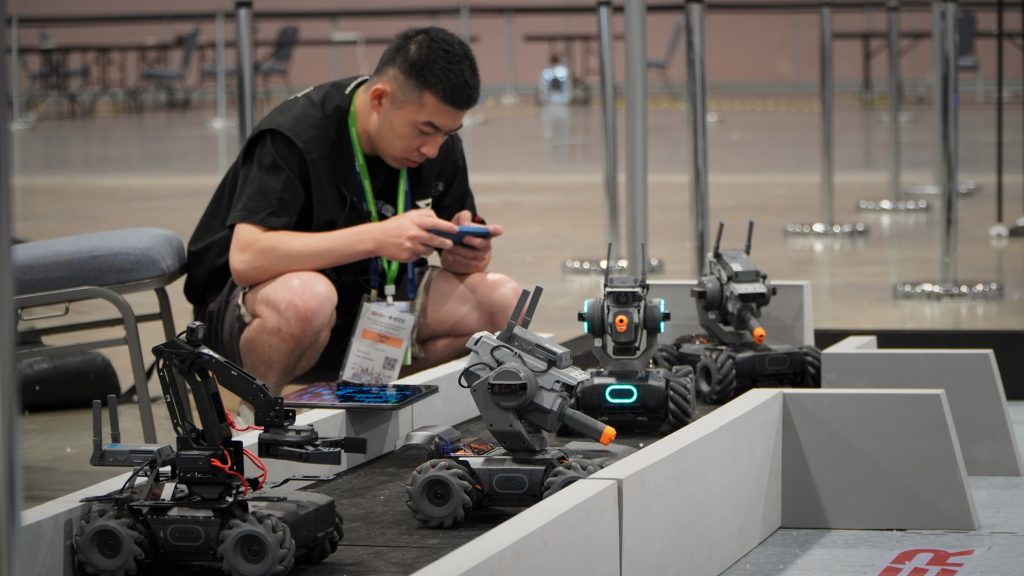
Every year, ICRA gathers an astonishing number of robot makers. With a quick look at the exhibitors, one can already perceive the immense creativity and inventiveness that creators put in their robots. To my eyes, creating a robot is an art: how does a robot should look like? What would it be good for? Should we go for legs or wheels? There are too many questions!
Every robot maker probably has a different answer to all these questions, and that is great. We are in the infancy of the consumer robotics industry and that lets us be open to all possibilities. It is an exciting moment to see how the large and diverse ecosystem of robots develops. Many companies are already driving this evolution of robotics systems, often committed to make better, safer, and more efficient robots.
This is the case of Clearpath Robotics, producers of state-of-the-art multi-purpose mobile robot platforms, and PAL Robotics, producers of robots that aim to enhance people’s quality of life. I met Bryan Webb, President of Clearpath, and Carlos Vivas, Business Manager of PAL Robotics, and I asked them about their thoughts on the art of making robots. Below some excerpts from their answers.
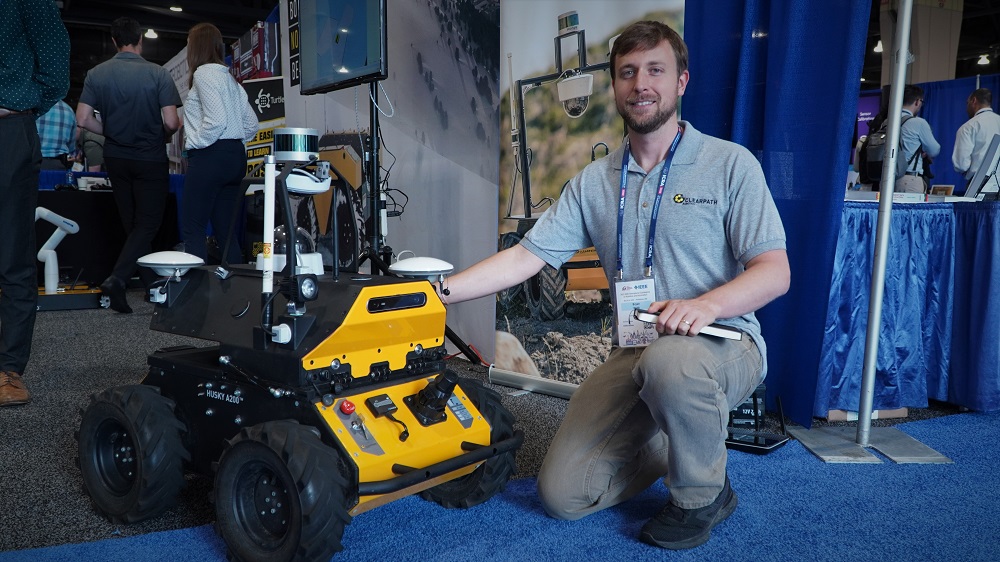
Bryan Webb
Q1. What comes to your mind if I say that making robots is an art?
People need to be able to connect with the robots. There need to be ergonomic and aesthetic features that make it easy for people to use and connect with a robot. Some people call that art, because you cannot reduce it very well to a science.
Q2. How is the process that gets you from ‘I want to make a robot’ to ‘I have a robot’ and, later, to ‘I am selling a robot’?
We talk a lot with costumers about their needs. That is what drives our innovation. There are two streams that we look at there: how can we improve our existing products and make them better?; and, are there any gaps in the market where people are trying to do research and where there is no solution yet?
Q3. What does it mean for you and for your company to be in ICRA 2022?
It is so important. It is just very good to be able to connect again. One just gets a lot of information by sharing and talking with costumers and other exhibitors.
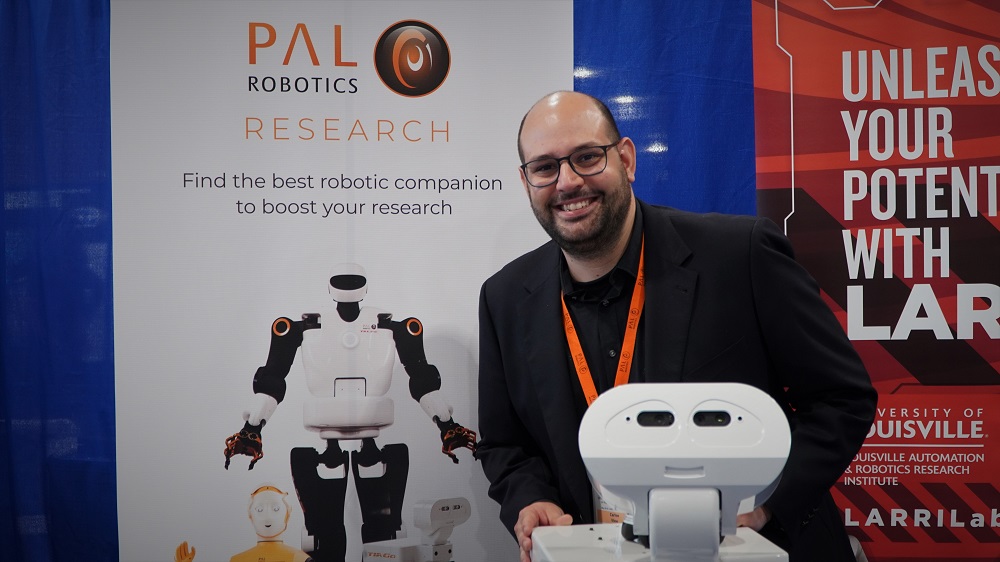
Carlos Vivas
Q1. What comes to your mind if I say that making robots is an art?
Making robots can be an art. There are a lot of processes that require inspiration, creativity, and thrive, but they also need functionality. It is a nice mix. Probably, it is an art to make it work all together.
Q2. How is the process that gets you from ‘I want to make a robot’ to ‘I have a robot’ and, later, to ‘I am selling a robot’?
For us, everything starts because we want to solve a problem, or we want to help a community. After that, we do it so that it is useful for the people.
Q3. What does it mean for you and for your company to be in ICRA 2022?
This year is very special because, after the pandemic, is great to see a lot of good friends again. We love being part of the robotics research community. I am happy to be here.
Finally, do not miss the most funky robots in #ICRA2022.